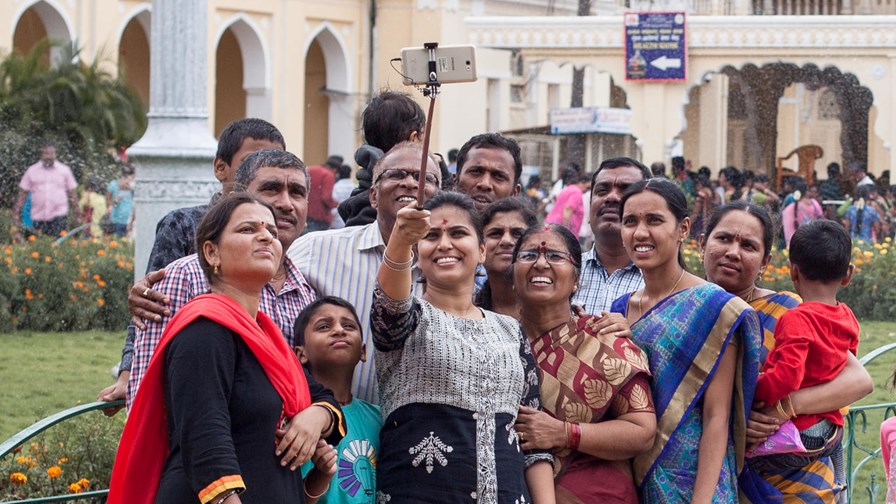
© Flickr/cc-licence/Nicolas Mirguet
- That’s on top of incentives it has in place to boost its electronics industry
- It wants security of supply in a fracturing telecoms world
- But this is how the global telecoms ecosystem and standards environment starts to unravel
As the squabble between the US and China ramps up, other countries can be forgiven for wondering why they should be regarded as helpless supplicants as the world’s two superpowers square up for a handbag-swinging barney over which of them deserves to attain or retain ‘dominance’ in the global telecoms business.
The natural response of the second largest telecoms country, India, for instance, is to quietly point out that neither country will be exercising its ‘leadership’ let alone its ‘dominance’ in my 1.3 billion consumer market, thank you very much.
To that end, and to avoid finding itself on the wrong side as the technology trade war heats up, this week the Indian government says its planning to ‘encourage’ the big telecoms equipment manufacturers to move towards making all of the telecom equipment they provide for India’s giant telecoms operators inside India - this will mean security of supply. Observers say another motivation is to reduce the possibility of snooping by foreign intelligence services.
There is already a mandate to buy Indian in the case of BSNL which is a state-run company, but the global vendors say that expanding local production wouldn’t make sense just to service that one network. They would need further incentives.
At present, the likes of Nokia and Ericsson are assembling telecom equipment in India for the Indian market, but the proportion of ‘local’ content going into the finished kit is around 40 per cent.
So partly for reasons of security of supply in a fracturing telecoms world, the government says it wants to push that proportion to 100 per cent. That might take time, of course, but India represents a huge and growing market so it must be confident that the big boys, at least, will be happy to display ‘Made 100% in India’ stickers on their finished boxes in due course - the major vendors list will include Huawei, by the way.
India’s Department of Telecommunications (DoT) is actually scheduled to meet with the vendors today to discuss how Indian telecoms equipment manufacturing in India can be expanded.
Meanwhile India is already launching major schemes to boost electronics manufacturing, including components destined for mobile phones. This year it has approved three separate schemes - the Production Linked Incentive Scheme (PLI) for large-scale electronics manufacturing; the Scheme for Promotion of Manufacturing of Electronic Components and Semiconductors (SPECS), and the Modified Electronics Manufacturing Clusters (EMC 2.0) Scheme. The three schemes offer either cash incentives for sales of goods manufactured in India; a capital expenditure subsidy for electronic goods; and in the case of EMC 2.0, support for the building of “common facilities and amenities,” such as ready-built Factory (RBF) sheds for attracting major global electronics manufacturers.
It’s estimated that the three schemes could result in smartphone and component production worth $133 billion by 2025 and will likely suck in global players such as Samsung. Foxconn and Wistron (Apple suppliers) have already ramped up local production, attracted by India’s huge market of 1.3 billion people.
Globalization roll-back won’t be going in one direction. The European Union has announced that it’s going full steam ahead on digital service provider platform regulation i.e. clipping the wings of Google, Facebook and Amazon. This has been on the agenda for several years and the US government has not been slow to voice its opposition. Now the EU has launched two consultations. One to update the eCommerce directive from 2000, and the other proposes new competition regulation to stop the big digital platforms acting as ‘gatekeepers’ to stymie European (especially) entrants.
Email Newsletters
Sign up to receive TelecomTV's top news and videos, plus exclusive subscriber-only content direct to your inbox.




